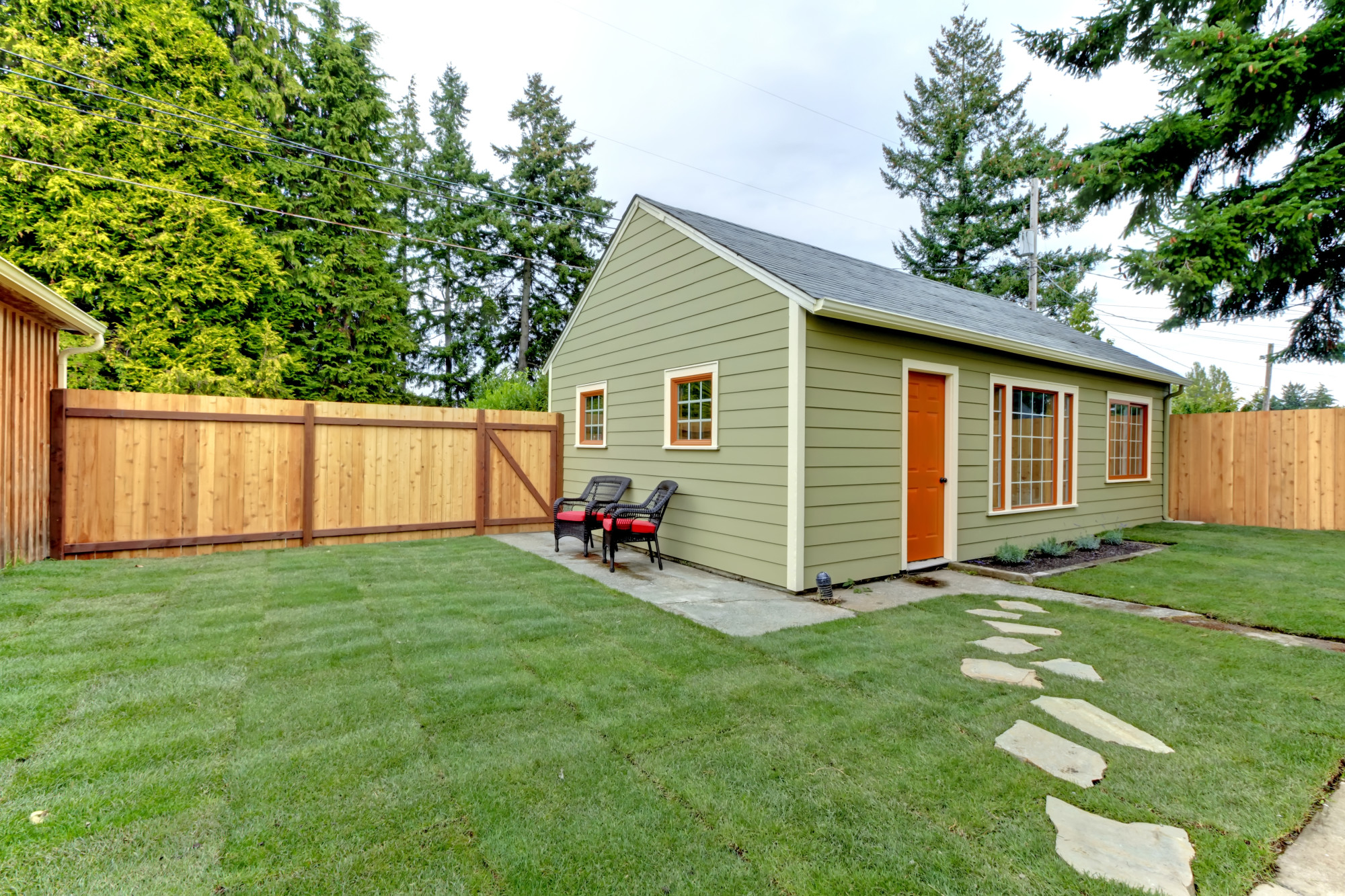
There are over 1.4 million households with accessory dwelling units in the U.S. Suffice to say, having a little extra space in your home is becoming a hot commodity.
Accessory dwelling units, or ADUs, have always existed in America. Homeowners value the increased living space and some of the benefits they can get from it.
But what are ADUs? What are the different types? How do you properly get one built?
Those are some of the questions we’ll be answering today. Read on to learn about the different types of ADUs in our guide.
What are Accessory Dwelling Units?
An accessory dwelling unit, or ADU, is a smaller residential unit placed in the same lot as a primary house. Some people call them secondary suites, accessory apartments, or granny flats.
ADUs can often just be converted parts of your home. They can also be smaller additions to your house, like an attached garage space. Sometimes they’re entirely separate structures, but we’ll cover these different types later on.
What’s important to know is that ADUs are great methods for both making extra income. They also supply housing to those who can’t afford other options.
Many people build ADUs to house family or friends. There are also plenty of contractors like Acton ADU who are experts at building an accessory dwelling unit.
Dwelling units had been around since the beginning of the 20th century, but they fell out of favor when local governments started changing their zoning laws. Nowadays, municipalities are changing course and allowing ADUs to shine once more.
While ADUs have been around for centuries in the U.S., they’ve caught on recently as a unique solution to housing shortages happening around the country.
Components of an Accessory Dwelling Unit
ADUs are more or less small homes inside of, next to, or attached to your main home. In many cases, ADUs are built as more or less a home independent of the primary lot.
As such, ADUs have their own kitchens, bathrooms, living areas, and similar parts. While space is often limited for ADU tenants, there’s enough there to mirror that of a studio apartment.
But what are the different types of accessory dwelling units? What benefits does each type bring?
6 Common ADU Types
ADUs mostly come in six different types: basement, garage conversions, attached, backyard cottage, internal, and attic conversions. Let’s explore each type to see what benefits they bring.
1. Basement ADU
It’s worth noting that a finished basement and a basement ADU are not the same things. Some states and cities have strict guidelines on which is which.
Basement ADUs have their own plumbing and ventilation systems. They also have their own kitchen and bathroom. Some cities require there to be a side door leading out of the basement ADU.
Building a basement ADU might require adjusting the ceiling height as well. However, basement ADUs make for great rental spaces. They provide a lot of privacy and stay very cool in the summer.
2. Garage ADU
ADUs can also be built on top of, or in addition to a garage. It might sound crazy, but you can build a dwelling unit on top of a garage.
Most homes, however, don’t have garages that can withstand the weight. You’ll also have to contend with plumbing, ventilation, and other systems.
As such, a lot of people opt for converting their original garage. This is usually cheaper than building an entirely new structure. It also won’t compromise the integrity of your garage building.
Building an ADU on top of a garage gives you extra living spaces and lets you keep your cars in the garage. If you’re converting your garage, it’s still an excellent space to rent out to tenants or friends.
3. Cottage ADU
Maybe you want an ADU that’s separate from the house but don’t have a garage to spare. You can instead build an entirely new structure right next to your home.
While backyard cottages are more expensive and time-consuming, it’s the most comfortable option for future tenants. Both you and your tenant can have privacy, and you can get a better price for rent.
Cottages require extensive plumbing, ventilation, and other considerations. However, this larger investment no doubt yields better returns.
4. Attached ADU
Sometimes a garage isn’t available for conversion but you still want to build an ADU. Some homeowners build out a new structure that shares its walls with the primary home.
These attached ADUs are great for houses that have limited lot sizes and building a cottage or garage isn’t feasible. It still offers dynamic living conditions, though you do need to create fire and sound separation from your house.
5. Interior ADU
Interior ADUs are very similar to attached ADUs but differ in that it’s an existing space that you’re converting into a separate home.
It’s a much more accessible way of building out an ADU for your home. While you aren’t afforded as much privacy as other options, it’s cheaper and quicker to set up.
Depending on where you live, interior ADUs can still bring in prospective tenants and provide them with comfortable living situations.
6. Attic ADU
This is very much like a basement or garage ADU but above the house rather than next to or below it. Many attic ADUs allow tenants to enter through an exterior entrance.
This makes attic ADUs private and secure for both the homeowner and the tenants. Homes that already have attics can profit by converting it to another living space.
Leverage ADU Options Today
Living spaces are scarce everywhere you go, and accessory dwelling units offer an effective solution. Use this guide to decide whether these different ADU types are right for your home.
Looking for more home improvement articles? Check out the rest of our site!
